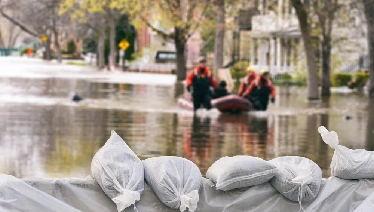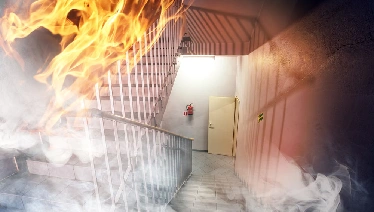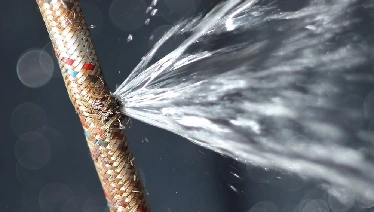First, prioritize safety before beginning any restoration work in your property, and then hire an inspector to come take a look at the damage. Once cleared by the inspector, you’ll want to start securing your property by boarding up the windows and doors. This prevents further damage and protects against theft or vandalism.
Next, you’ll want to reach out to your insurance company to initiate the claims process. Be prepared to provide them with a detailed inventory of damaged items and supporting documentation to expedite the assessment.
Document the extent of the fire and smoke damage by taking photographs and videos of the affected areas. This evidence will support your insurance claim and help restoration professionals identify the scope of work required.
If your property has been exposed to water from firefighting efforts, extract and dry the affected areas promptly to prevent further damage and mold growth.
Smoke and soot can cause long-lasting damage if not properly cleaned. Engage professional restoration services to thoroughly clean and deodorize affected surfaces, including walls, floors, furniture, and belongings.
Smoke odors can linger even after the visible damage is removed. Utilize specialized equipment, such as ozone generators, to neutralize odors and ensure a clean and fresh-smelling environment.
Collaborate with a licensed contractor to assess and repair any structural damage caused by the fire. This includes repairing or replacing damaged walls, floors, and roofs.
Electrical systems can be severely impacted by fire and smoke. Engage a certified electrician to inspect and repair damaged wiring, outlets, and electrical panels.
Insulation and drywall can absorb smoke and moisture, necessitating their replacement. It's important to have these materials professionally removed and replaced to ensure a safe and healthy environment.
Engage restoration professionals experienced in handling fire-damaged belongings. They can employ specialized techniques to clean and restore valuable items, including clothing, furniture, and electronics.
Have your property tested by professionals for any remaining smoke residue, pollutants, or contaminants. Certify that the property is safe for occupancy before returning.
Learn from the fire incident and update your safety measures accordingly. Install smoke detectors, fire extinguishers, and other safety devices to prevent future fire accidents.

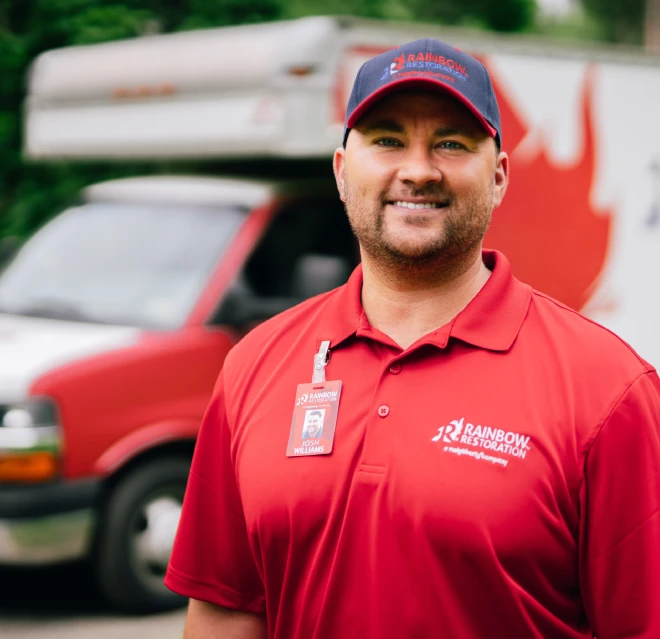
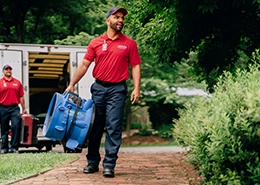

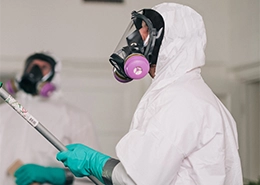

.webp)
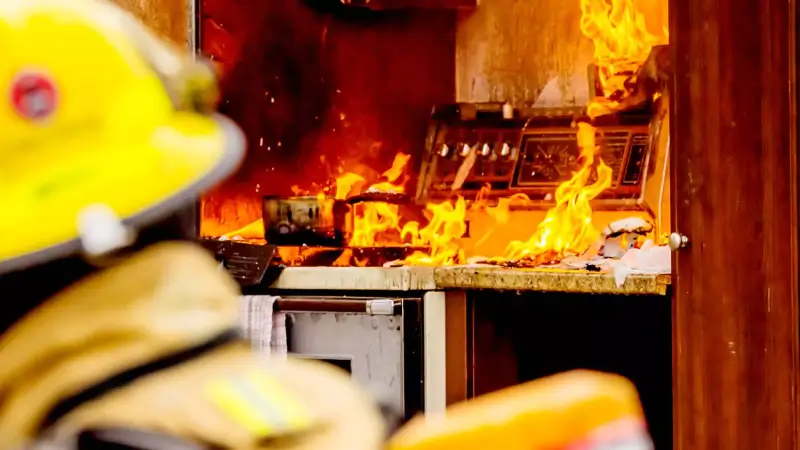
.webp)
